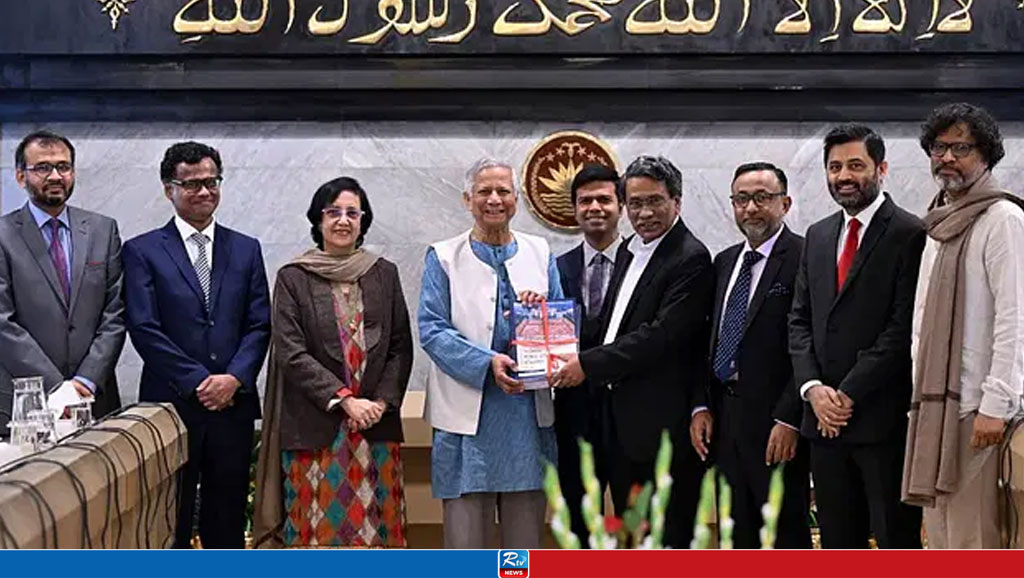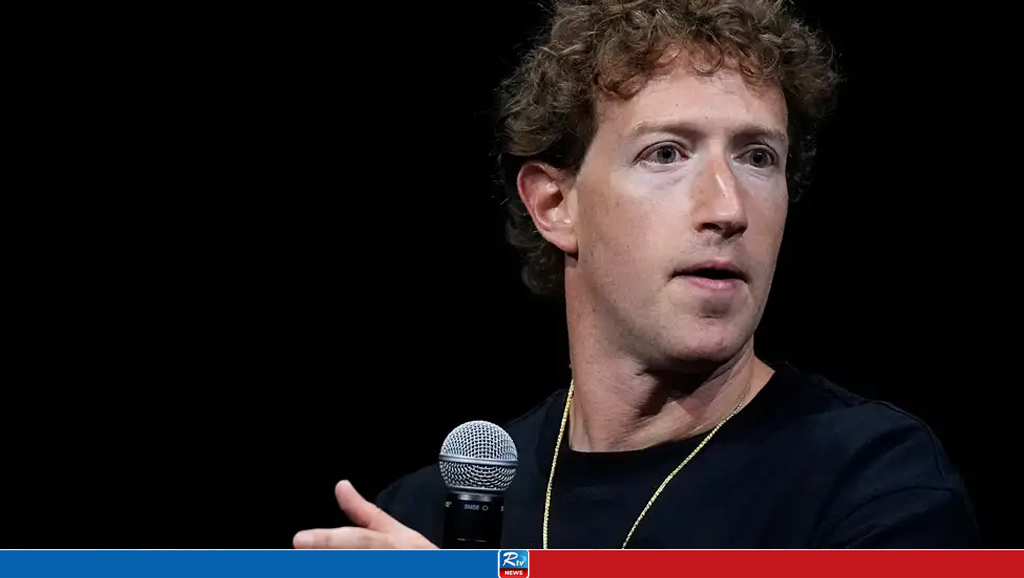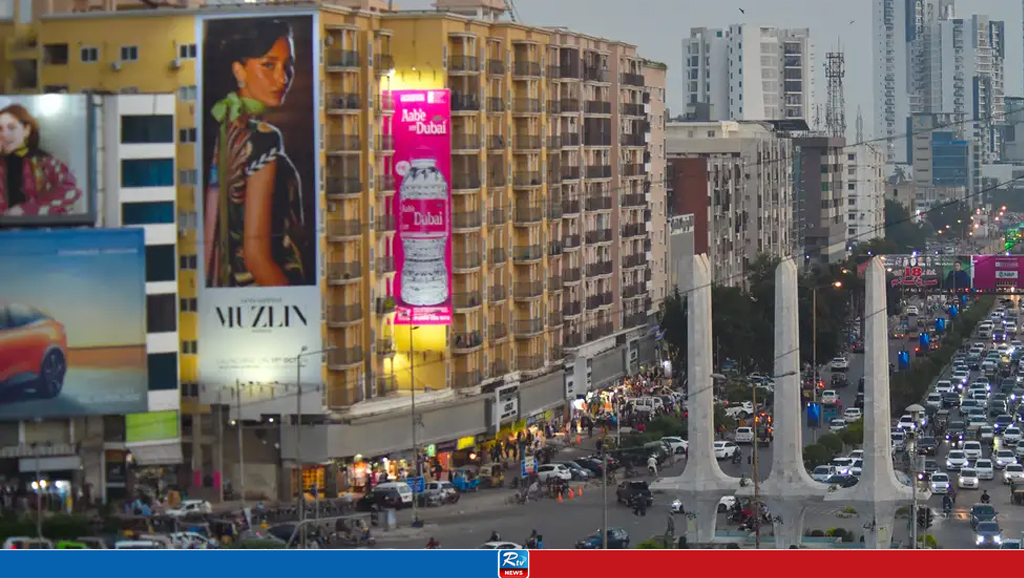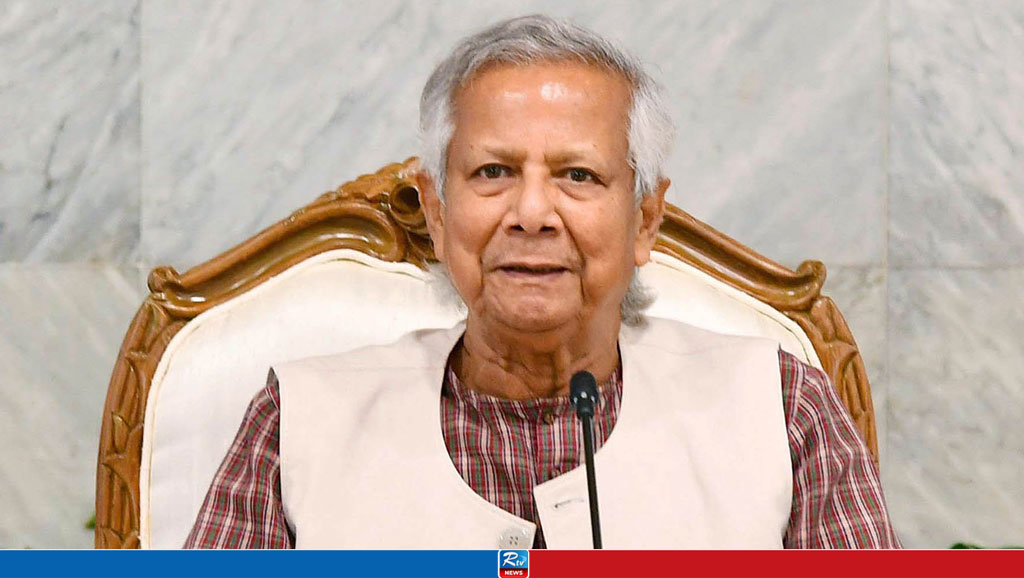WRI launches ‘Energy Access Explorer’ platform in Nagaland
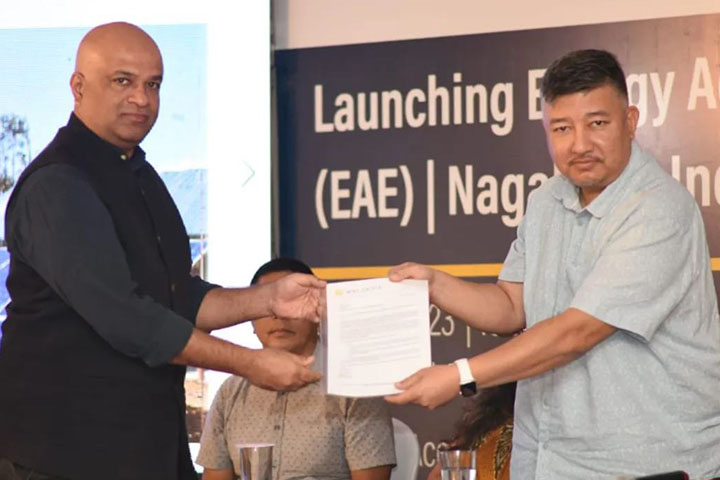
World Resources Institute (WRI), on Friday, launched its flagship geospatial platform-Energy Access Explorer (EAE) for the state of Nagaland in Kohima. This makes Nagaland the third state in India to have access to the platform.
EAE is a geo-spatial platform that provides data on electricity, health, education and livelihood indicators in the regions.
It aims to assist policymakers, entrepreneurs and governments to decide the least cost and most sustainable energy access solutions for unserved and underserved communities to accelerate development.
Chairman of Investment and Development Authority of Nagaland (IDAN) and Advisor to Chief Minister, Abu Metha who graced the occasion observed that data collection in a state like Nagaland can be challenging due to connectivity and accessibility issues.
He appreciated the WRI for taking the initiative to cover Nagaland, as the Northeast region is often a forgotten part of India.
Metha also informed that an expert committee has been set up under IDAN to work on a roadmap for economic progress for the state. The committee, which consists of experts and policymakers, will present its findings to the Chief Minister, who will then notify the Prime Minister.
In this regard, Metha emphasized the need for energy roadmaps in Nagaland. He said that the state is pressing for the need to have sustainable energy, and that energy roadmaps would help to guide the state towards this goal.
“EAE is going to play a vital role in the development of the state and will bring a new narrative for the state of Nagaland. When we talk about progress and development, one of the backbones is energy. Without energy, no progress is possible. We look forward to strengthening our partnership with WRI India so that we can collectively share knowledge and move towards our collective aspirations,” he added.
The WRI India submitted a Letter of Intent for future collaborations to the IDAN chairman.
According to WRI India, about a third of Nagaland’s 434 sub-health centers and 12% of 2074 public schools do not have access to electricity. As several of them are in remote regions, WRI suggested that deploying innovative solutions to meet such demands of social infrastructure is key for the state’s equitable development.
Director of Health and Family Welfare, Dr Chekroshüyi Tetseo, the state have 12 district hospitals, 33 Community Health Centres (CHCs), 144 Primary Health Centres (PHCs), and 538 Sub centres (SC) out of which 301 have been upgraded as Health and wellness centres (HWC). He informed that the state government is making efforts to upgrade all sub centres to HWCs.
All of these health care facilities, he said, is equipped with refrigerators for storing essential medicines and vaccines and require 24X7 power supply. The district hospitals, he added, have sophisticated equipment like ventilators, cardiac monitor, oxygen plant and so on which require adequate and regular power supply.
“Most of these equipment are sensitive and prone to damages if the quality of power supply is not good. So mapping of energy requirement for our hospitals health centers going to be vital to run our equipment smoothly and I am glad to know that the EAE the tool to do that,” he said.
As the healthcare facilities cannot solely rely on electricity, Dr Tetseo observed that there is need to explore the potential of generating renewable source of energy like solar and wind. He informed that solar panels has been put at district hospitals, including some CHC’s through the NHP(World bank), however, as the state mulls to cover PHCs, HWCs, and sub centres, he requested IDAN to intervene and see the possibilities of identifying potential investors for renewable source of energy for health sectors.
Manager, Energy Program, WRI India, Akansha Saklani told the gathering that EAE platform can be layered with different data sets to visualize the state of play of each sector. “For instance, if we overlay the Global Horizontal Irradiation data onto the existing demand information, we could potentially estimate how best to solarize these underserved communities,” she added.
Beyond providing energy access related solutions, she shared that EAE could aid in decarbonizing the health and education sectors by deploying Decentralized Renewable Energy (DRE) systems, thus supporting India in its efforts to meet half its energy needs from renewable by 2030 and attain Net Zero emissions by 2070.
Aside from Jharkhand, Assam and Nagaland in India, EAE has been implemented in six sub-Saharan countries in Africa. They are Kenya, Tanzania, Uganda, Ethiopia, Zambia and Nigeria.
Source: www.eastmojo.com
Comments
7.4 Magnitude Earthquake Hits Vanuatu, Killing 14 and Leaving Thousands Affected

Trump Threatens to Impose Additional Tariffs on Indian Goods

Germany: Dresden Opera Visitors Fall Sick

US Responds to Sheikh Hasina’s Alleged Role in Enforced Disappearances

Chinese National charged with Acting as Beijing's Agent in Local California Election
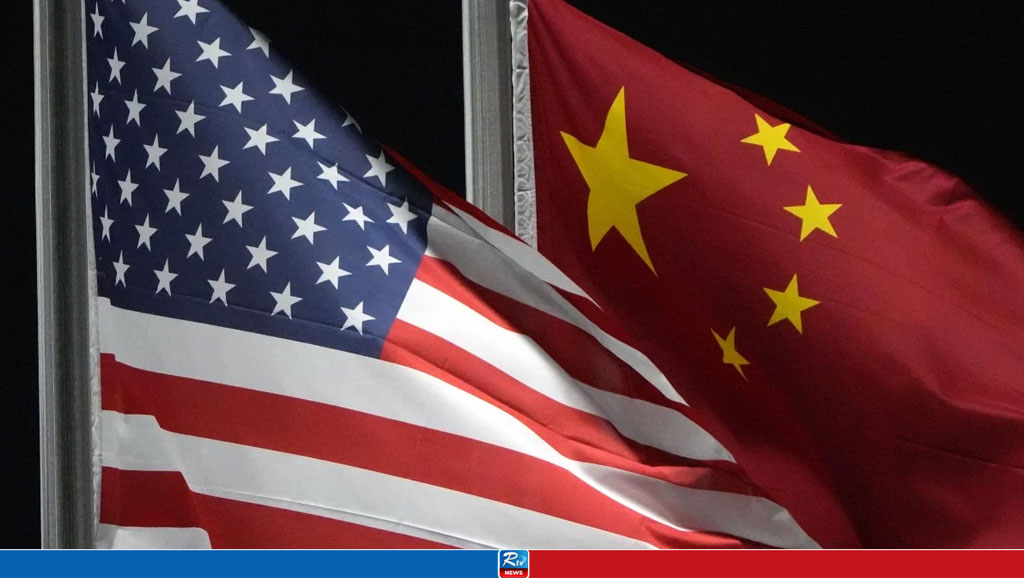
Can China Shield the Biggest Uninsured Economy From Floods?
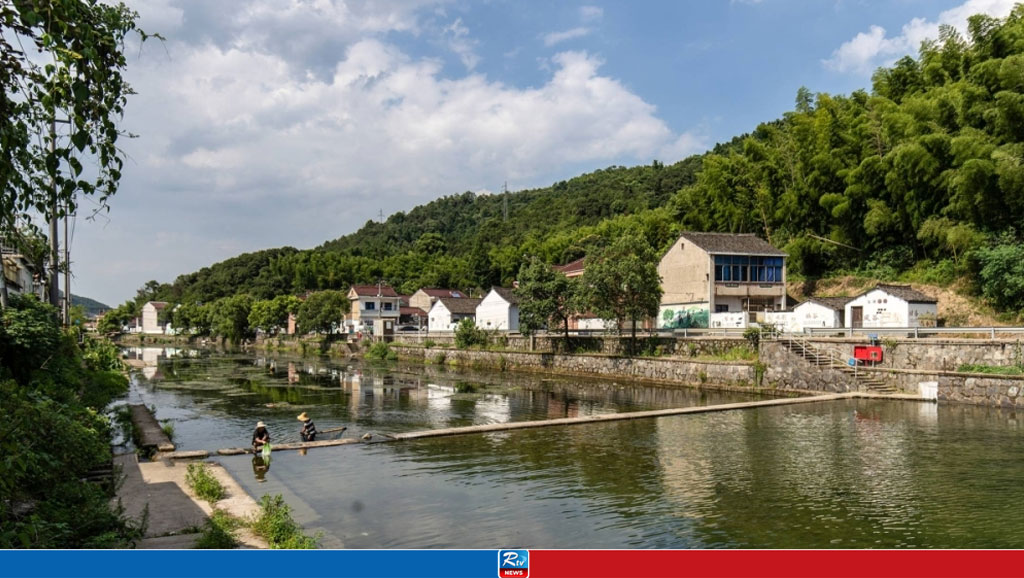
China Taken Efforts Consistent with 'Transnational Repression': US
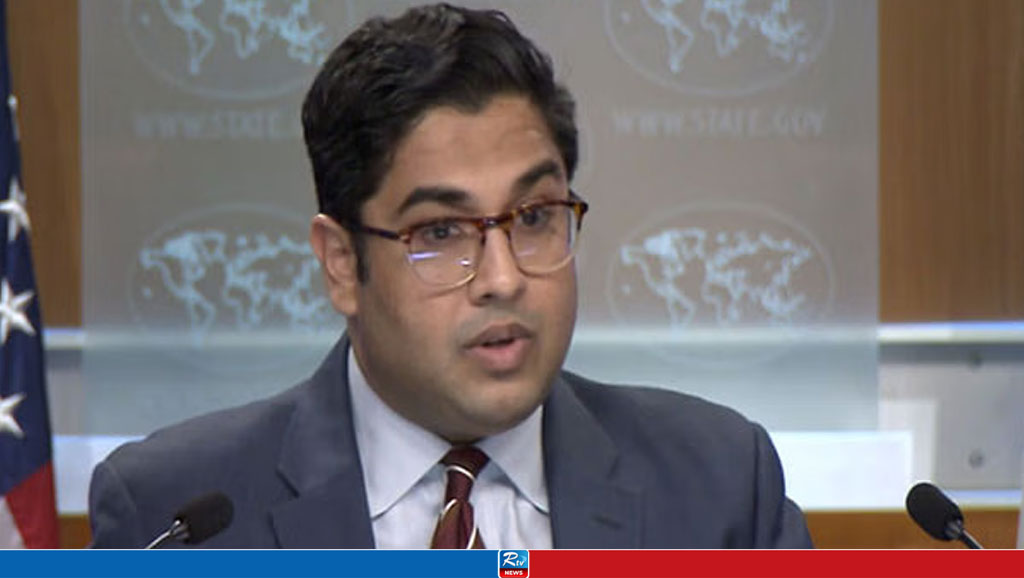

 Live Tv
Live Tv

